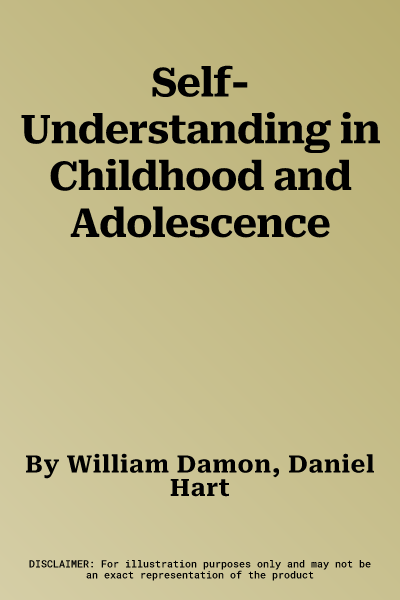William Damon
(Author)Self-Understanding in Childhood and AdolescenceHardcover, 25 November 1988

Temporarily out of stock
Free Delivery
Cash on Delivery
15 Days
Free Returns
Secure Checkout

Part of Series
Cambridge Studies in Social and Emotional Development
Part of Series
Encyclopedia of Mathematics and Its Applications
Print Length
224 pages
Language
English
Publisher
Cambridge University Press
Date Published
25 Nov 1988
ISBN-10
0521307910
ISBN-13
9780521307918
Description
Product Details
Authors:
Book Format:
Hardcover
Date Published:
25 November 1988
ISBN-10:
0521307910
ISBN-13:
9780521307918
Language:
English
Location:
New York
Pages:
224
Publisher: